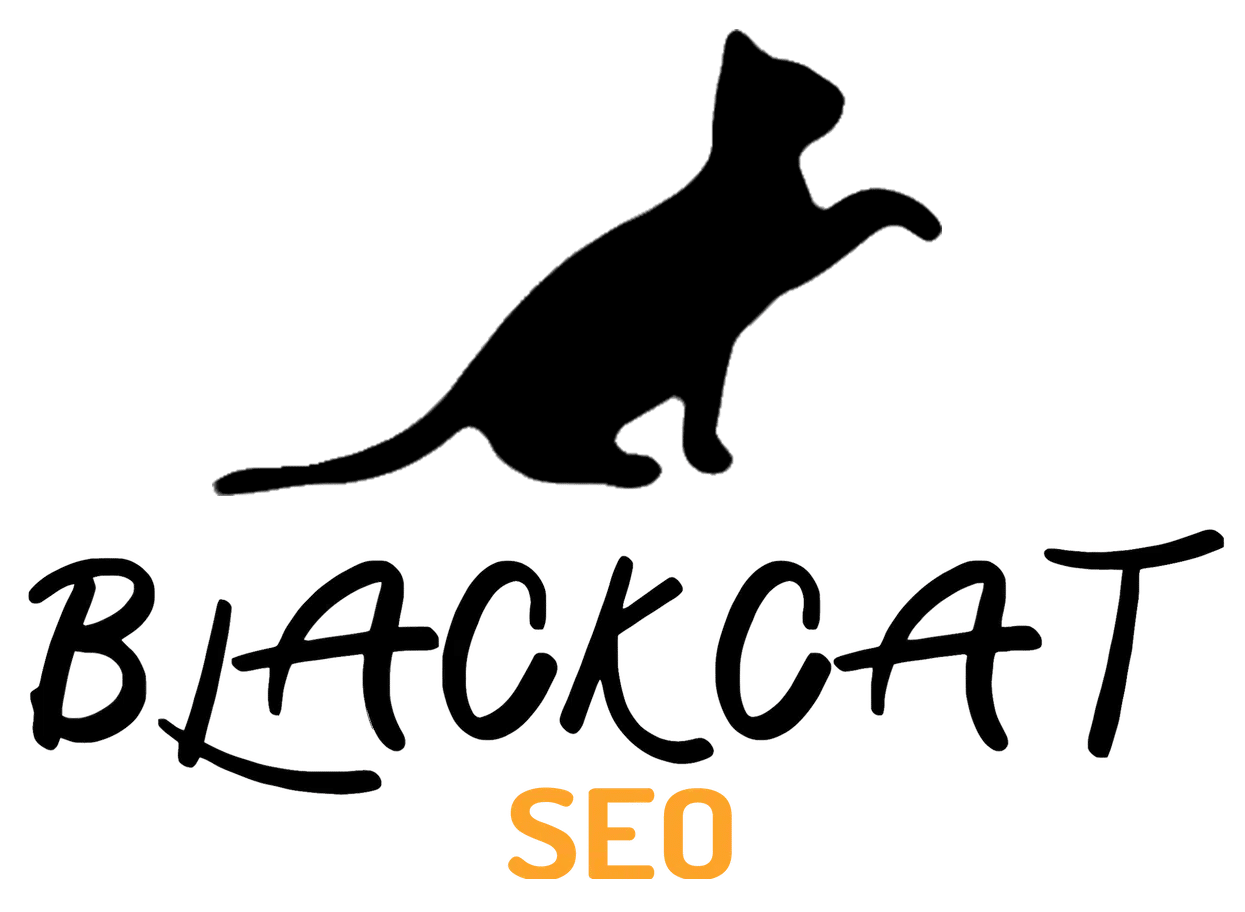Your content marketing strategy doesn’t stop after the blog post is published, the e-book is published, or the campaign ends.
While searching for keywords should help find your content organically via search engines, promoting your content is crucial but often overlooked by startups. Limited resources or experience in content marketing facets such as social media, email marketing and public relations should not be an excuse not to promote your content.
Regardless of your industry or brand, high-level content promotion strategies are similar for B2B and B2C brands – meaning that all marketers should take similar approaches to distributing their content, including through:
Publishing and, most importantly, engaging on social media and creating a list of subscribers to the email newsletter are ways to distribute your content to an audience that has chosen to follow your brand.
In most cases, these audiences are well beyond the attraction stage, and many of them have already bought or worked with your brand, making them more likely to be open to future transactions. On the other hand, digital public relations uses different methods of awareness to gain media coverage, advocacy with influencers and even signatures that can increase that audience by following your brand on social networks or by subscribing to your weekly e-newsletter.
In addition to the ability to reach a broad hyper-specific target audience, the third party that shares your content (whether a publisher or an influencer) has pre-existing trust and an established authority over a loyal audience. In addition, digital public relations can help create links and generate reference traffic.
Measuring results
One of the biggest challenges facing B2B and B2C marketers is measuring the return on investment of their content marketing strategy.
The volume and complexity of measures to measure the results of your strategy can be overwhelming, especially when you are trying to reduce the impact of specific measures on your bottom line. Again, this is where your goals come in – they will help you better identify the most valuable steps to follow.
For brand awareness and bonding objectives, visibility and engagement KPIs must be closely monitored. When it comes to lead generation goals and attracting more customers, traffic and conversion KPIs help connect your content marketing to your leads and move them through the sales funnel. Naturally, traffic KPIs are also important for keeping up with efforts related to increasing organic traffic.
When you measure the results of specific campaigns or content items, the type of content and its distribution channel will also have an impact on the KPIs you’ll need to track.
Choosing the right steps will not only help you understand the impact of your content strategy on your bottom line, but also help you assess the effectiveness of specific campaigns or content. This, in turn, will help you better guide your next phase of ideation and content production – focus on replication of successes while improving failures.
As the cycle continues, it is important to re-evaluate the objectives and ensure that there are no significant changes in your audience or your ideal keywords.
Holistic content strategies go beyond a few blog posts and email newsletters, and while this may seem overwhelming, the volume of content your startup produces can be tailored to your brand’s growth. No matter how much content you produce, always make sure you keep your audience’s needs and desires as a top priority – great content and results will surely follow when you put the audience at the center of your startup marketing strategy.










Leave A Comment